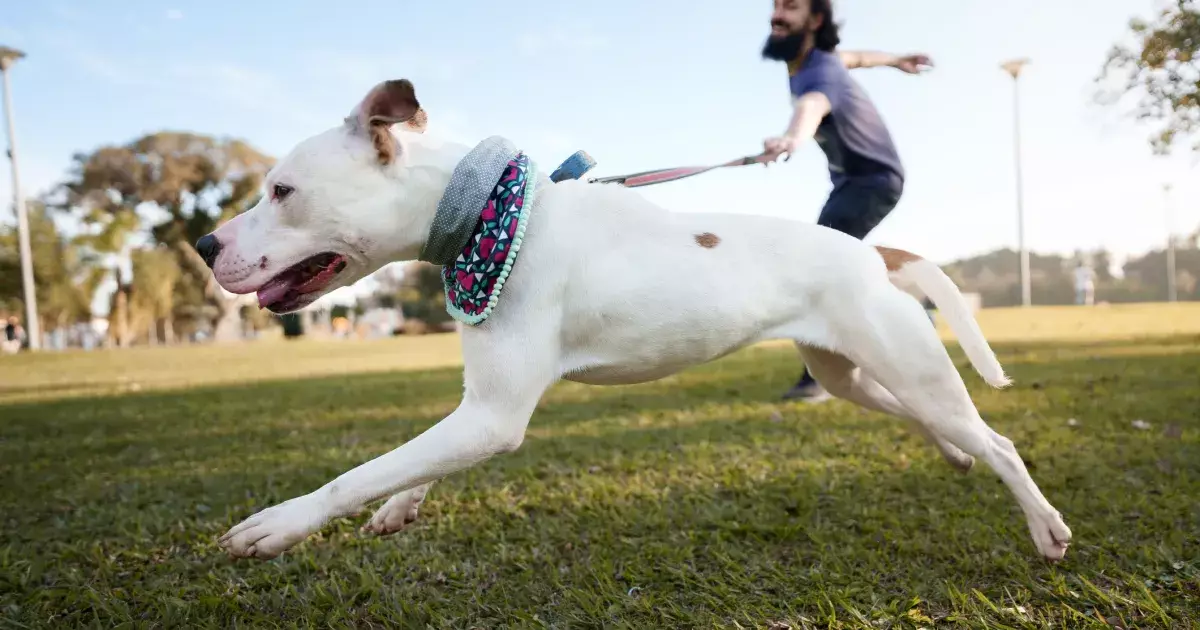Walking a dog should be a delightful experience, filled with exploration and joy. However, many dog owners face a common obstacle: their furry companions pulling on the leash. This situation can lead to frustration not just for the owner but also for the dog itself. To create a harmonious walking routine, it’s essential to address this behavior effectively. Understanding the root of the problem, employing consistent strategies, and fostering positive reinforcement can transform your walks into a more pleasant experience for both you and your dog.
Before diving into solutions, it’s vital to understand why dogs pull on their leashes. For many dogs, this behavior stems from instinctual tendencies to explore their environment or chase after interesting scents and sights. When a dog pulls, they often make progress towards their goal, which strengthens the behavior. Thus begins a cycle where pulling becomes a way for dogs to reach their destinations faster. This realization can help owners approach the issue with empathy and patience rather than frustration.
The first step in combating leash pulling is to fundamentally change the association your dog has with the leash. Make a decisive commitment that your dog will not gain any ground while pulling. When your dog begins to pull and tension occurs in the leash, immediately stop walking. This pause conveys that pulling will not lead to movement or reward. Call your dog back to you and take a few steps backward until they follow you. Using their name can help redirect their attention. This consistent reaction ensures your dog learns that pulling leads to a halt rather than forward movement.
As your dog adjusts to this new walking routine, it’s crucial to recognize and reward positive behavior. Each time they walk beside you without pulling, offer verbal praise and small treats. This approach encourages them to maintain the desired behavior, resulting in a more satisfying experience on walks. It’s important to celebrate small victories; even a few steps without pulling should be acknowledged. With time and persistence, your dog will start to associate being close to you on the leash with rewards.
Choosing the right leash and collar is paramount for effective training. A standard flat-buckle collar works best along with a 4 to 6-foot leash. Owners should avoid using retractable or “flexi” leashes, as they can unintentionally enhance pulling habits by allowing the dog to control distance and tension. Tracking progress can also be beneficial; documenting the number of steps walked without pulling can provide motivation and highlight improvements over time.
While leash training is crucial, it’s equally important for dogs to feel a sense of freedom and fun during outings. To ensure your dog gets enough exercise and play, consider the use of a harness during off-leash activities such as running or playing. With a harness, your dog can enjoy full-range movement without the constraint of leash rules. However, once the leash goes back to using a collar, owners should revert to the no-pulling policy. Consistency in training is key to achieving long-term success.
Teaching your dog to stop pulling on the leash is a journey that requires patience, consistency, and dedication. The process may seem slow, particularly in the initial stages when old habits surface frequently. Yet each step taken without pulling is a step closer to achieving harmonious walks. By fostering a clear understanding between you and your dog, reinforcing positive behaviors, and using appropriate equipment, you can effectively transform those frustrating walks into enjoyable adventures for both of you. With time and effort, your dog can learn to stroll proudly by your side, making every outing a cherished experience.

